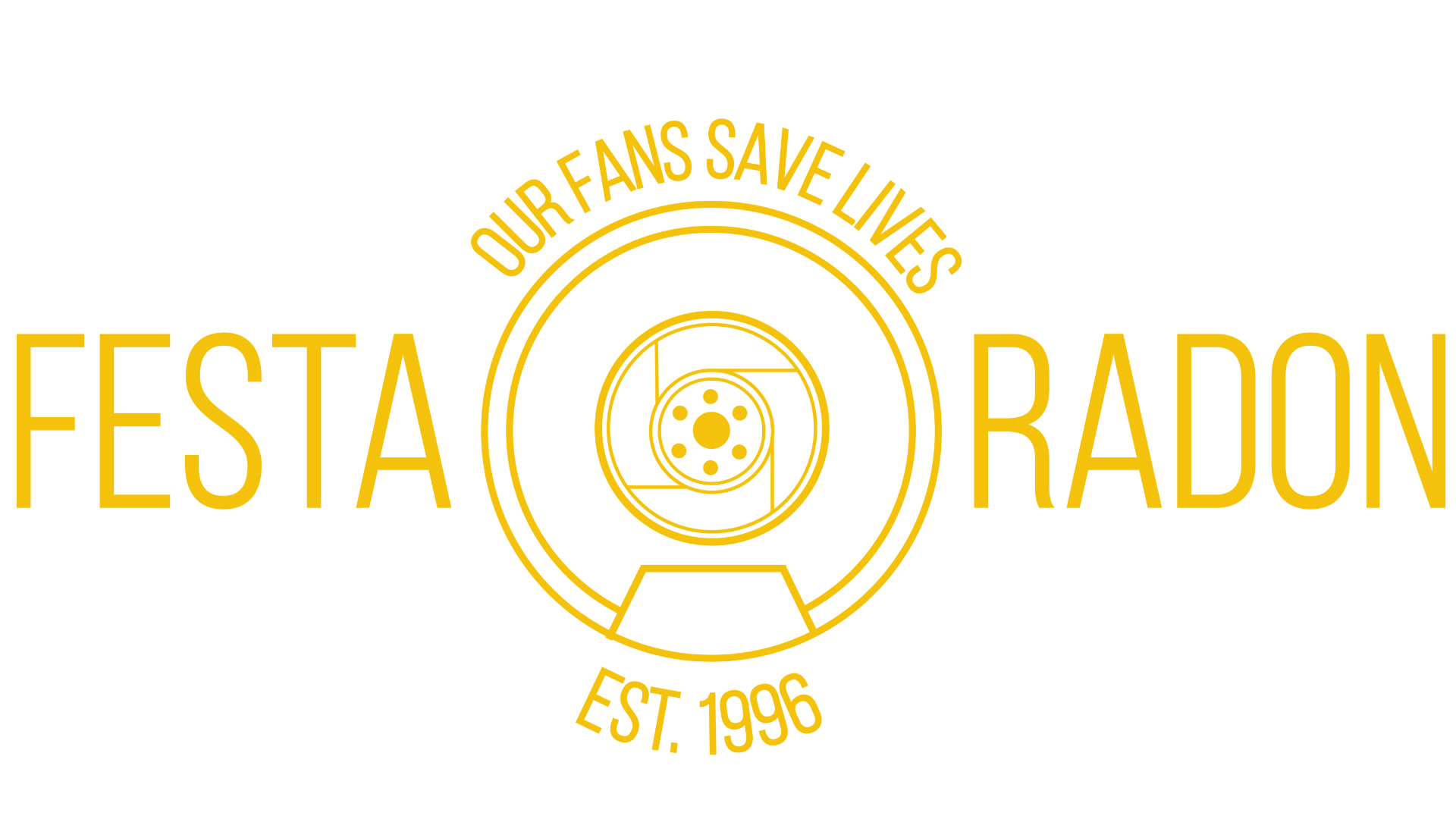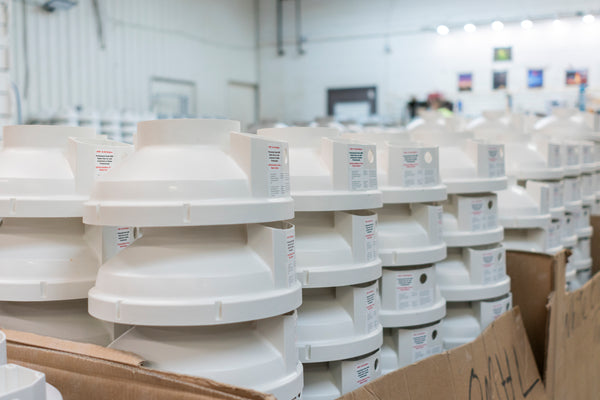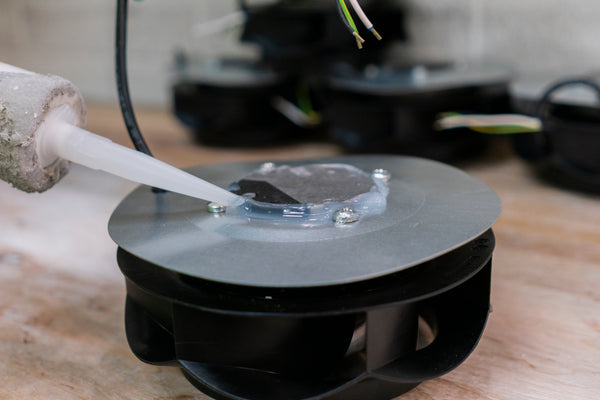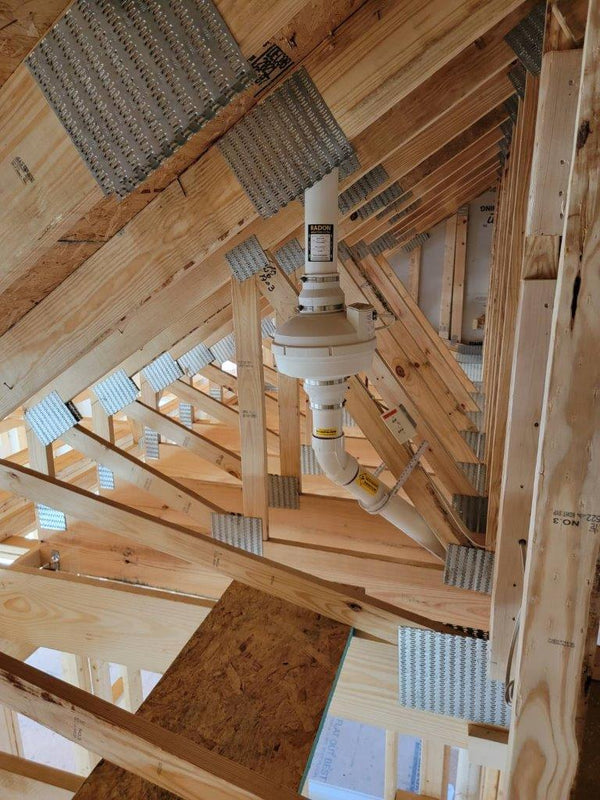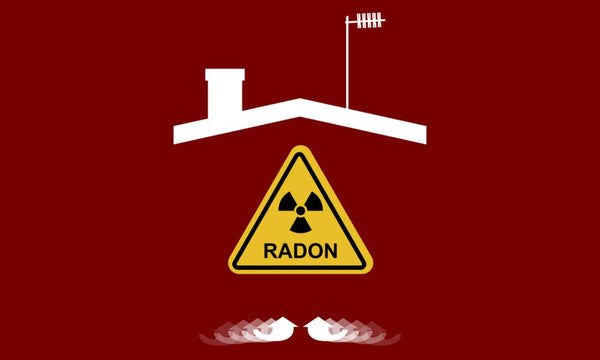
10 Myths About Radon You Should Stop Believing
How much do you really know about radon gas? You might know that it can be hazardous to your health in high concentrations, but if you think it’s no big deal, you’ve been misled. Don’t feel ashamed for buying into myths and misconceptions about radon; even though we know the dangers, misinformation still runs rampant.
Festa Radon Technologies aims to set the record straight by debunking the most common myths about radon. If you want to ensure your home is safe, you should stop believing these misconceptions.
Myth #1: “The Dangers of Radon Are Blown Out of Proportion.”
Radon gas levels are impossible to detect without a testing kit, as the gas is completely odorless and colorless. That doesn’t mean it’s no big deal, though; radon exposure is the second leading cause of lung cancer in the U.S., right behind cigarette smoking.
The dangers of radon are very real, to the tune of tens of thousands of lung cancer deaths per year. Test your home for radon so you know your levels.
Myth #2: “Sealing My Basement Floor Will Take Care of the Problem.”
Many homeowners use non-porous epoxy solutions to seal cracks in their concrete foundations. The thought process is valid, as radon does creep into homes through those foundations, but sealing on its own won’t solve the problem.
Use proper radon mitigation supplies, like radon fans and PVC vent pipes, in conjunction with basement sealing for the best results.
Myth #3: “I Don’t Have a Basement, so Radon Won’t Be a Problem for Me.”
Unless you live in a treehouse, this is completely untrue! Radon gas comes from the natural decaying process of uranium in the ground. Even if your home doesn’t have an underground level, its foundation still rests on the ground.
No matter what kind of home you live in, test its radon levels periodically and start the mitigation process if levels are higher than 4 pCi/L.
Myth #4: “Radon Testing Is Prohibitively Expensive.”
If financial concerns are stopping you from testing your home for radon, rest assured that testing kits are highly affordable. You can purchase a home test kit from Festa or your local home improvement store for less than 25 dollars. Even test kits on the lower end of the price scale will provide reliable results.
In addition, radon mitigation equipment may cost you some money, but consider it a one-time expense and an investment in your health and safety. Festa’s radon fans will last you for at least a decade with proper maintenance.
Myth #5: “A Radon Mitigation System Will Devalue My Home.”
This misconception couldn’t be further from the truth. Home buyers and inspectors actually love to see that you’re putting effort into keeping dangerous gases out of the house! In most cases, having a robust radon mitigation system in place actually increases the value of your home.
The health of you and your family are more important than real estate value, anyway. There’s no reason, financial or otherwise, not to test your home and mitigate excess radon.
Myth #6: “My Radon Levels Are Around 4 PCI/L, but It’s Not a Big Deal.”
That indoor radon level of 4 pCi/L is the point at which the EPA strongly recommends you take action. Living in a home with that much radon is roughly equivalent to smoking half a pack of cigarettes per day. Plus, more than half of radon-related lung cancer deaths occur in individuals from homes with less than 4 pCi/L of radon.
Even if your indoor radon levels hover around 2 pCi/L, mitigative action is still highly recommended. No indoor radon level is considered safe, just like there’s no safe amount of cigarettes you can get away with smoking.
Myth #7: “Radon Is Only a Problem in Older Homes.”
While older homes are certainly more susceptible to excessive indoor radon levels, new homes are not exempt from the danger. In fact, construction companies that build new homes often install passive radon mitigation systems to prevent radon from building up!
Don’t be fooled into believing that radon only creeps into certain kinds of homes. Even if your home was just built last year, you’d still have to perform periodic testing to mitigate the health hazards of radon.
Myth #8: “My Neighbor Has a Radon Problem, so I Must Have One, Too.”
If the home next door has elevated indoor radon levels, it is a good idea to test your own home. However, don’t assume that your home is exactly the same as your neighbor’s; they may have cracks in their foundation or ventilation issues contributing to the problem.
All homes are different, but all are also susceptible to radon buildup. Avoid making any assumptions about your indoor radon levels until you get your test results back.
Myth #9: “Radon Isn’t a Problem in My State, so I Don’t Need To Worry.”
Actually, elevated radon levels have been found and recorded in every U.S. state. Some geographical areas have different chemicals in the soil that can contribute to radon problems, but don’t assume that your location exempts you from the hazard.
Again, the only way to know for sure if you’ve got a radon problem is to test for it. Knowledge is power when it comes to protecting your and your household’s health!
Myth #10: “I’ve Lived in This Home for So Long That Radon Mitigation Won’t Matter.”
Don’t be lulled into complacency! Even if you’ve been living with elevated radon levels for years, taking steps to mitigate the problem will reduce your risk of lung cancer. It is never, ever too late to test your home for radon and fix elevated levels.
This myth is especially dangerous if you have other people living with you. Install a radon mitigation system to ensure that everyone in your household has a safe place to live.
Do any of the above myths about radon sound familiar to you? If you have believed any of these misconceptions in the past, rest assured that you know the truths behind them now. Stop believing this misinformation and use your newfound knowledge to protect your home and the people living in it.

